The art of Mali takes many diverse forms, but it all celebrates the bonds of the communities that create it.
13th century–present

The art of Mali takes many diverse forms, but it all celebrates the bonds of the communities that create it.
13th century–present
We're adding new content all the time!
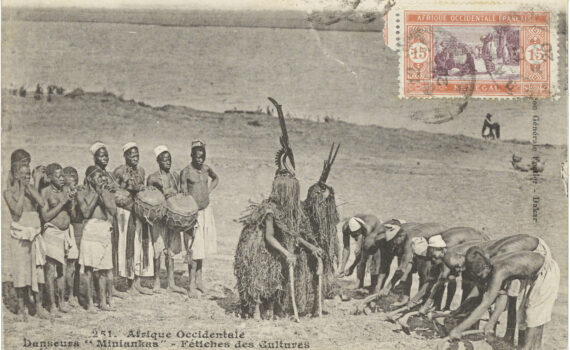
The invention of photography instigated a complex process of image production and consumption in colonial Africa.
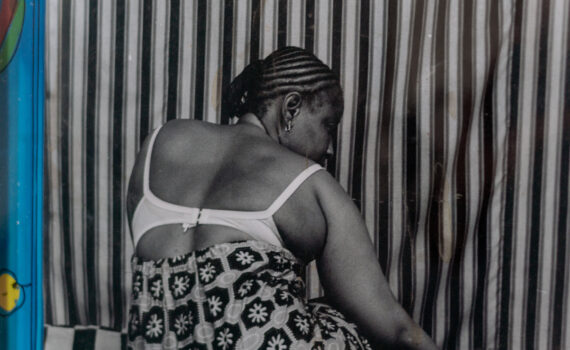
In Vues de dos, Malick Sidibé took his background in portrait photography to new compositions inspired by Mali and Western traditions in portraiture.
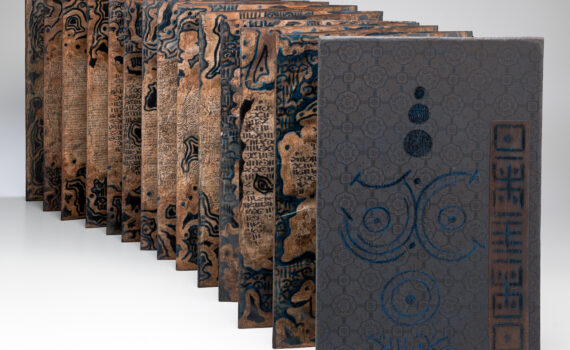
Ahmed Baba relates to Ndoye’s experiences in Timbuktu and his participation in the 2013 workshop organized in the aftermath of—and in response to—the destruction of cultural heritage.
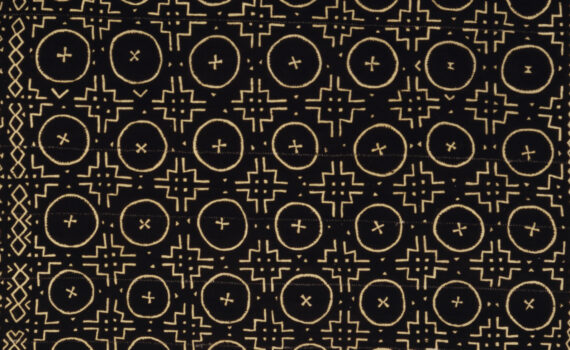
This wrapper by Guancho Diarra is a classic example of a long-standing Malian textile tradition.
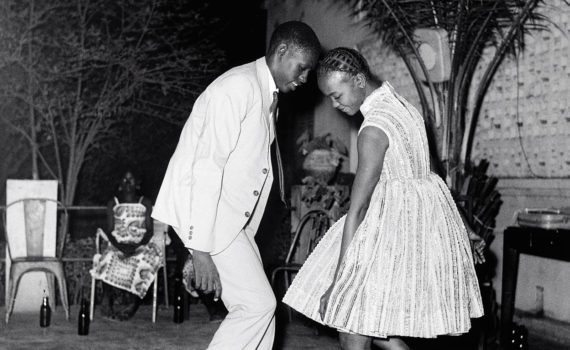
Fun and festive, Nuit de Noël (Happy Couple) is exemplary of Malick Sidibé’s best known body of work: photographs of young people at social gatherings and events during the 1960s and 1970s.
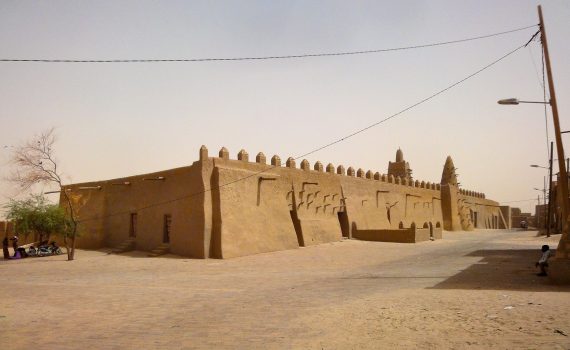
Timbuktu was an intellectual and spiritual capital and a center for the propagation of Islam throughout Africa in the 15th and 16th centuries
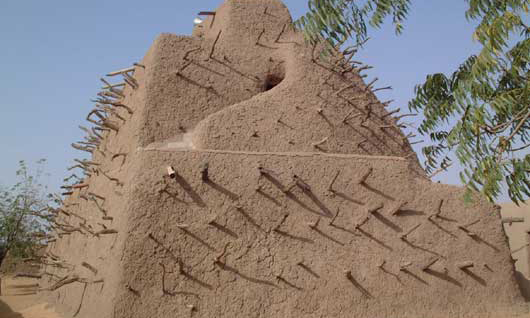
This tomb bears testimony to the power and riches of the empire that flourished in the 15th and 16th centuries through its control of the trans-Saharan trade, notably in salt and gold.
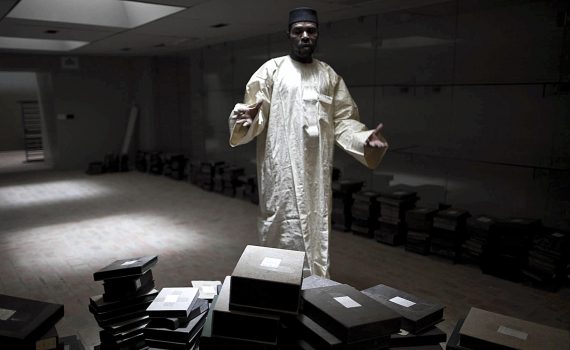
A heroic effort to save and preserve Mali's long manuscript tradition.
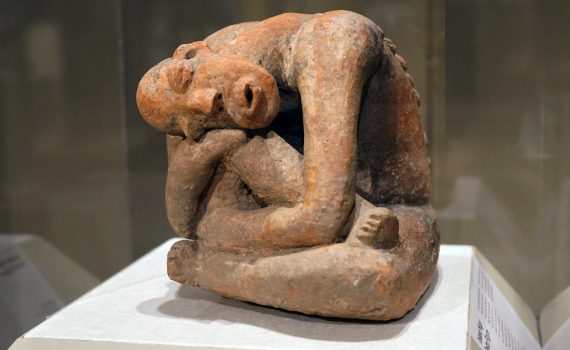
Are these little-understood figures representations of diseased people, or an attempt to ward off illness?
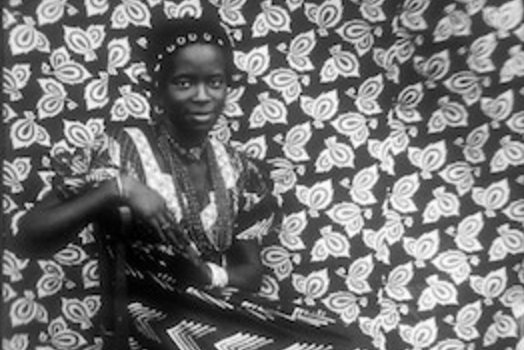
Studio photography produced mementos for the growing middle class: Keïta’s Bamako studio was abuzz with clients.
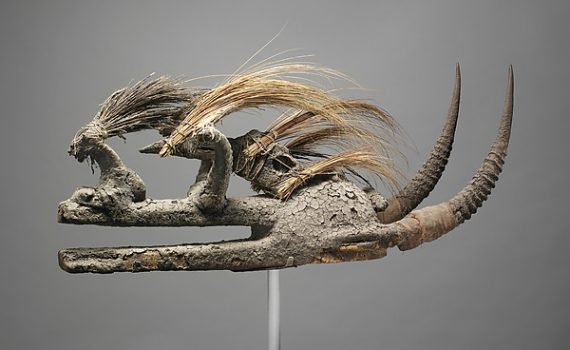
Intended to intimidate, this headdress was used by a member of the powerful Kumo society of blacksmiths.
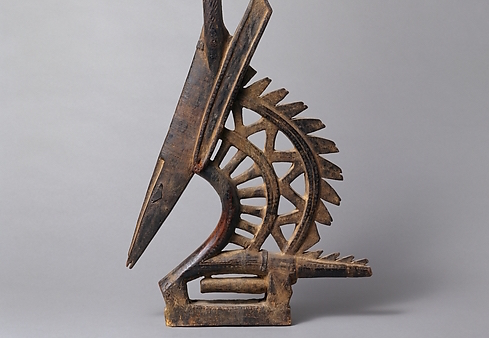
These headdresses celebrate the divine Ci Wara, half man and half antelope, who introduced humans to agriculture.